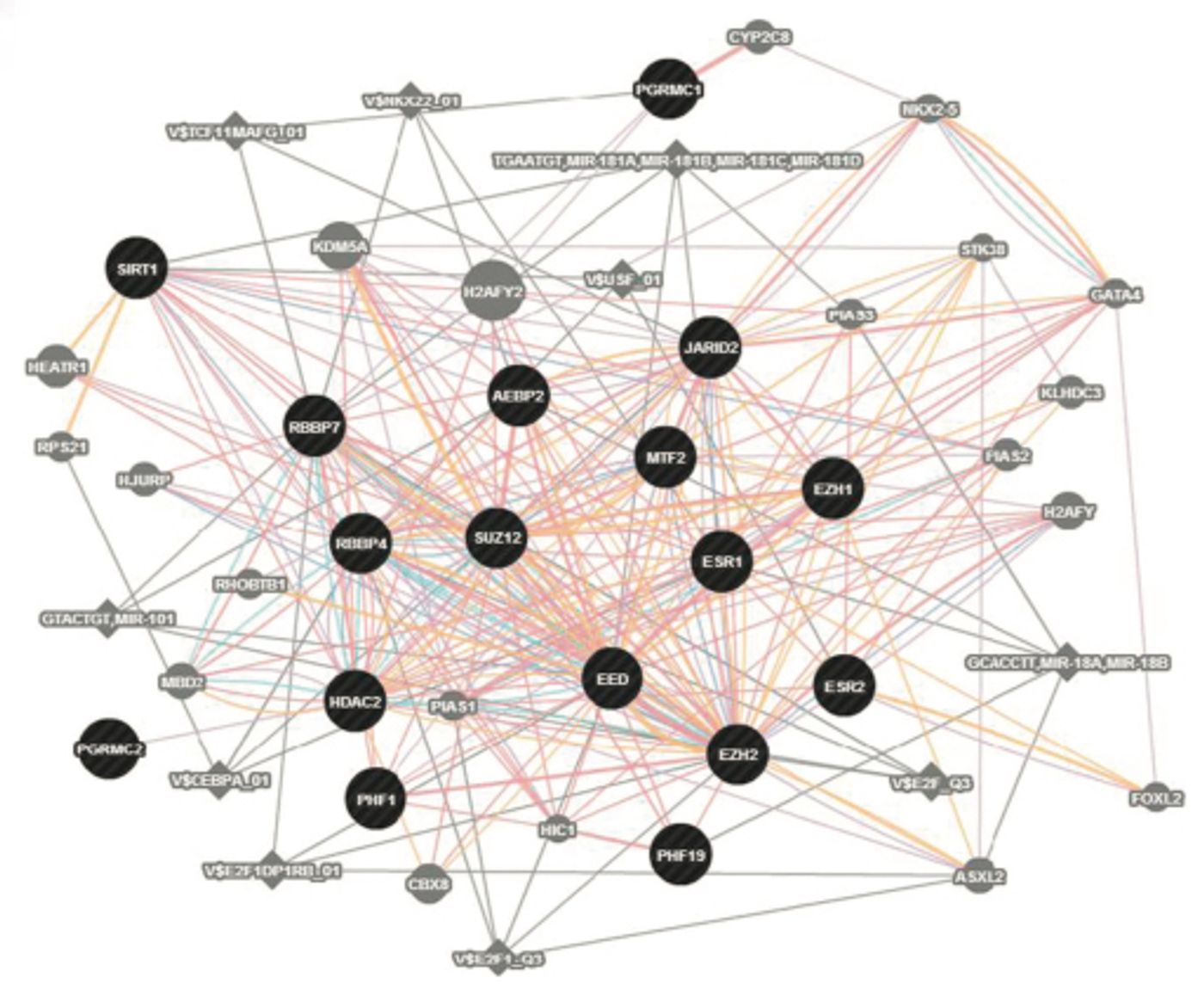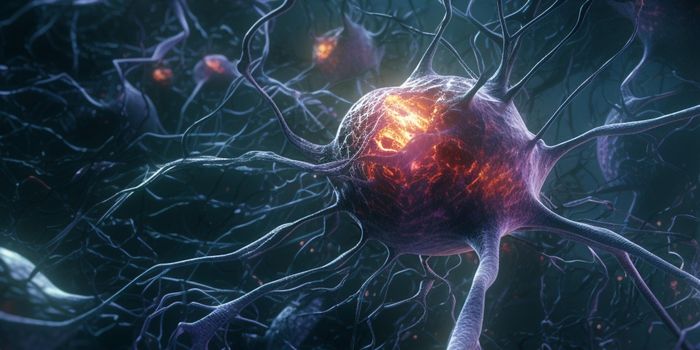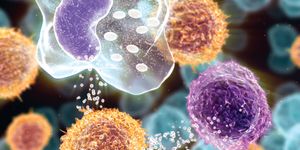Premenstrual Mood Disorder Gene Network Discovered
Premenstrual dysphoric disorder (PMDD) affects 2 to 5 percent of women and causes disabling irritability, sadness, and anxiety. And while premenstrual syndrome (PMS) is much more common, it is also less severe than PMDD. It is not clear what causes either PMS or PMDD, except that they are directly associated with the onset of hormonal changes that occur during the menstrual cycle. However, clinicians have not found any difference in hormone levels in those with PMDD and those without.
National Institutes of Health (NIH) researchers have recently discovered that although hormone levels between PMDD patients and those who do not have severe symptoms remain similar, their cells’ reaction to the normal hormonal changes is quite different.
Scientists have known that these women have some sort of biologically-based behavioral sensitivity to normal hormone changes. Previous research shows that turning off estrogen and progesterone production halts PMDD symptoms, and adding the hormones back into the system causes a re-emergence of symptoms. So while the hormone levels are not an issue, a sensitive response to the hormones seems to be a problem.
Peter Schmidt, M.D., of the NIH's National Institute of Mental Health, Behavioral Endocrinology Branch and David Goldman, M.D., of the NIH's National Institute on Alcohol Abuse and Alcoholism, worked with colleagues to study gene expression in cultured white blood cell lines from women with PMDD and from asymptomatic controls. Interestingly, these cells express many of the same genes expressed in brain cells, hinting that there is a neural relationship between the symptoms and potential gene expression differences in patients.
“This is a big moment for women’s health, because it establishes that women with PMDD have an intrinsic difference in their molecular apparatus for response to sex hormones – not just emotional behaviors they should be able to voluntarily control,” said Goldman.
After in-depth transcriptome analysis, the group found a link between PMDD affected cells and differential expression levels in a large gene network, called the ESC/E(Z) (Extra Sex Combs/Enhancer of Zeste) gene complex, that regulates epigenetic mechanisms controlling gene transcription in response to environmental changes, including sex hormones and stressors.
RNA and protein expression of the genes in the ESC/E(Z) gene complex were individually quantitated, revealing increased expression in more than half of the genes in comparison to the controls. These findings confirm that women with PMDD have a different cellular response in their gene function within this gene complex.
“For the first time, we now have cellular evidence of abnormal signaling in cells derived from women with PMDD, and a plausible biological cause for their abnormal behavioral sensitivity to estrogen and progesterone,” explained Schmidt.
The study, published in Molecular Psychiatry, holds promise for increased understanding of endocrine-related mood disorders and potential approaches to new treatments. The group is also investigating the connection of the gene complex to gene expression in the brain.


![WGS for rare disease diagnosis [eBook]](https://d3bkbkx82g74b8.cloudfront.net/eyJidWNrZXQiOiJsYWJyb290cy1pbWFnZXMiLCJrZXkiOiJjb250ZW50X2FydGljbGVfcHJvZmlsZV9pbWFnZV84MmRlM2UyYjA5M2Q3ZTYwOTI3Zjc1YTRjOWU2N2RmMjkzMThjMTJkXzI1MDcucG5nIiwiZWRpdHMiOnsidG9Gb3JtYXQiOiJqcGciLCJyZXNpemUiOnsid2lkdGgiOjcwMCwiaGVpZ2h0IjozNTAsImZpdCI6ImNvdmVyIiwicG9zaXRpb24iOiJjZW50ZXIiLCJiYWNrZ3JvdW5kIjoiI2ZmZiJ9LCJmbGF0dGVuIjp7ImJhY2tncm91bmQiOiIjZmZmIn19fQ==)






